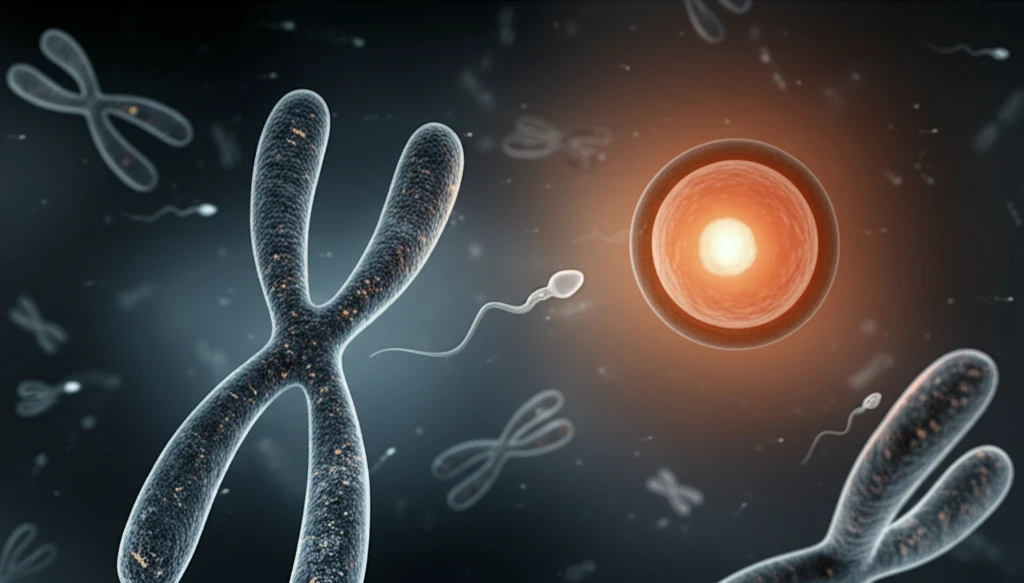
Decoding Male Infertility: Can Chromosomal Translocations Impact Your Chances of Conception?
"A Comprehensive Guide to Understanding the Link Between Chromosomes, Semen Quality, and Male Fertility"
For couples dreaming of parenthood, infertility can be a heartbreaking challenge. While many factors contribute, chromosomal translocations are a significant, yet often overlooked, genetic cause of male infertility. These translocations, where pieces of chromosomes swap places, can disrupt the delicate process of sperm production, leading to difficulties in conception.
Understanding the intricate relationship between chromosomal translocations and semen quality is crucial for those navigating the complexities of male infertility. Recent research sheds light on specific translocations and chromosomal regions that are more directly associated with sperm defects. This knowledge paves the way for improved detection methods and potential treatment strategies.
This article delves into the findings of a study examining 144 men with chromosomal translocations. By exploring the impact of these translocations on semen quality, we aim to empower you with the information you need to understand your fertility challenges and make informed decisions about your reproductive health.
What are Chromosomal Translocations and Why Do They Matter for Fertility?

Chromosomal translocations occur when segments of two chromosomes break off and exchange positions. There are two main types:
- Reciprocal Translocations (RCT): Involve an exchange of segments between two non-homologous chromosomes.
- Robertsonian Translocations (ROBT): Occur when the long arms of two acrocentric chromosomes (chromosomes 13, 14, 15, 21, and 22) fuse together.
Taking Control of Your Fertility Journey
Understanding the impact of chromosomal translocations on semen quality is a powerful step toward addressing male infertility. Armed with this knowledge, you can engage in informed discussions with your healthcare provider, explore appropriate testing options, and consider assisted reproductive technologies to increase your chances of a successful pregnancy. Remember, you're not alone, and resources are available to support you on your path to parenthood.
